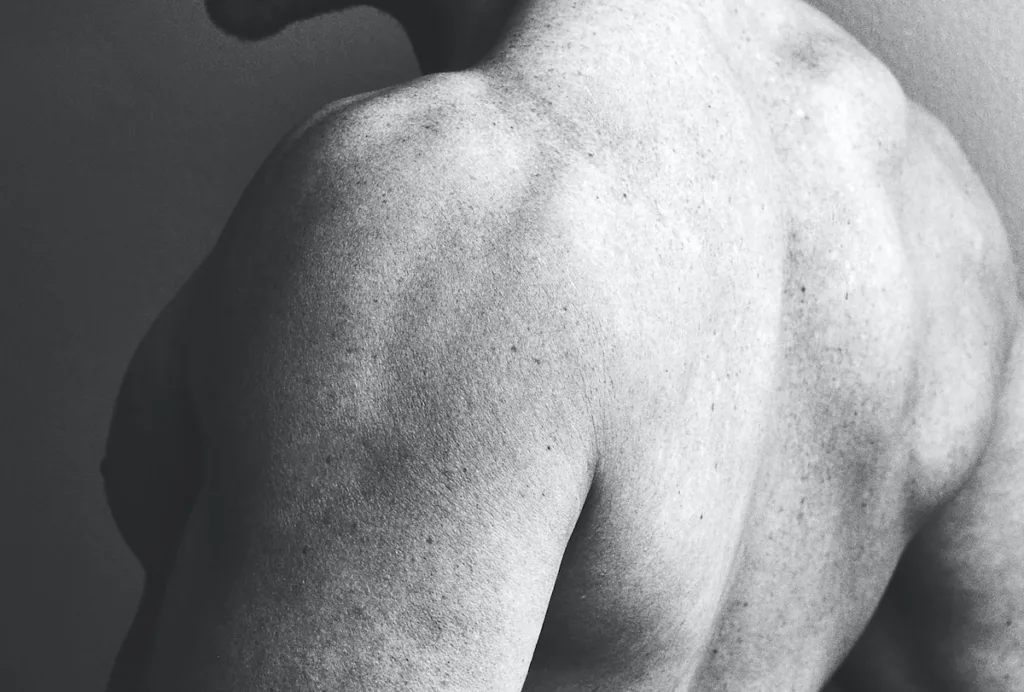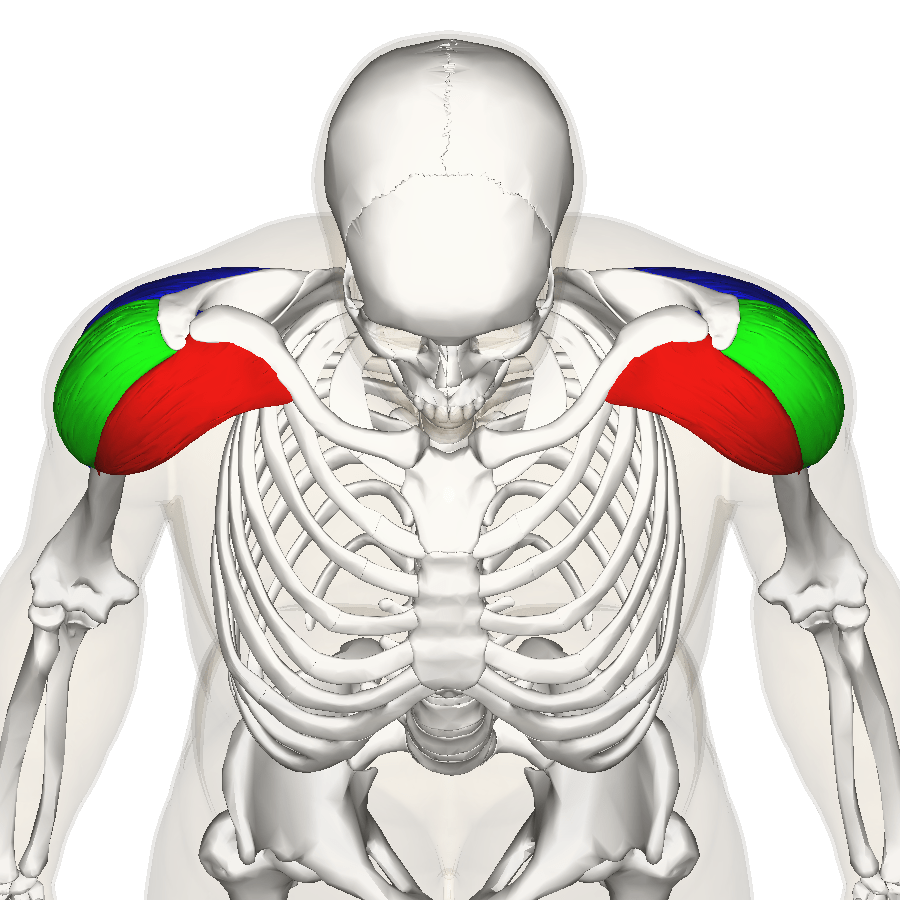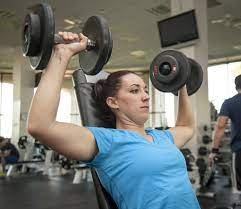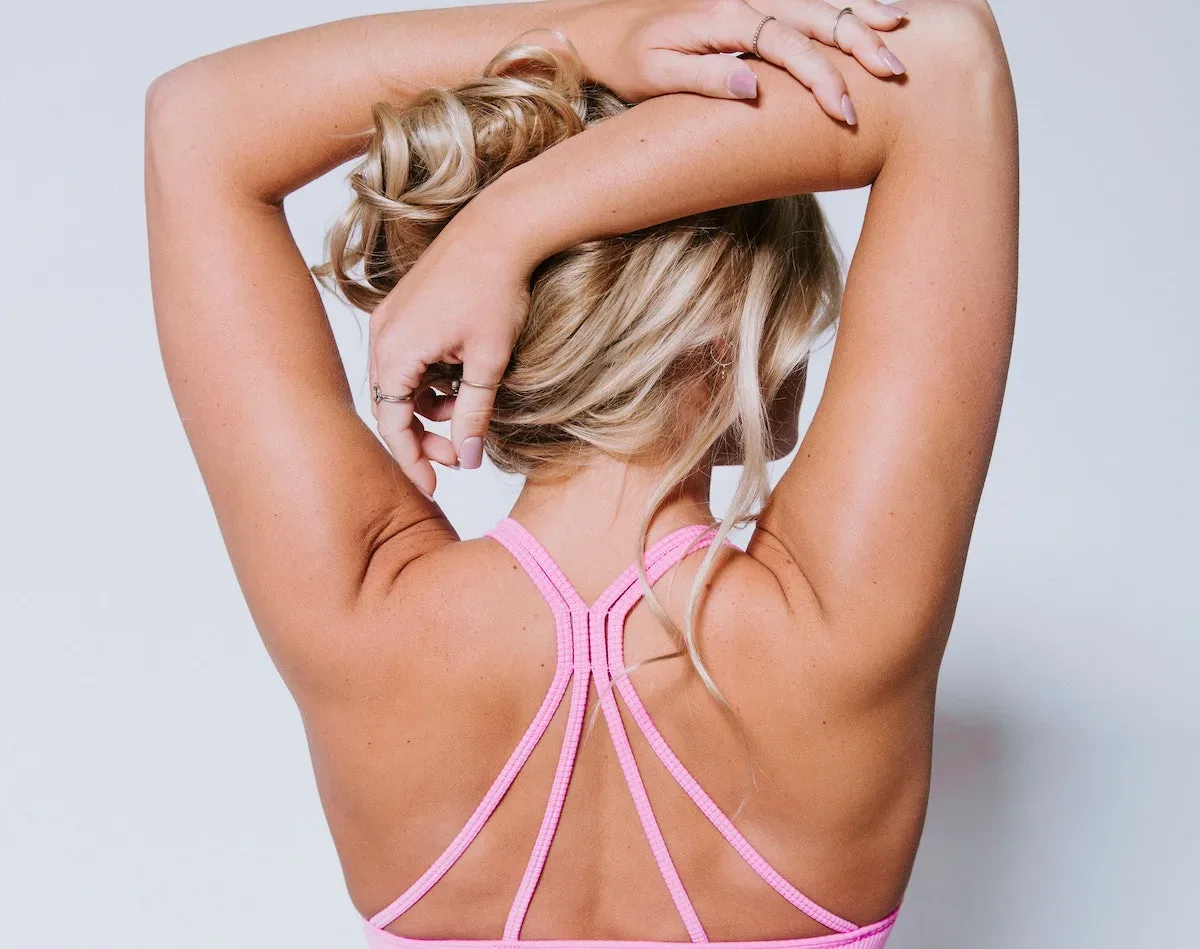The deltoid muscle is a large, triangular muscle located in the shoulder that is responsible for arm movement. It acts to abduct, flex, and extend the arm, and also helps to stabilise the shoulder joint during other movements. The three parts of the deltoid muscle include the anterior (front), lateral (middle), and posterior (rear) fibres, each of which has a slightly different function.
How important are the deltoids for rugby players
The deltoid muscles play an important role in rugby as they are used for various movements including tackling, carrying, and passing the ball.
The lateral portion of the deltoid is responsible for arm abduction, which is critical for reaching out and making tackles. The anterior portion of the deltoid helps with shoulder flexion, which is important for carrying the ball and passing it to a teammate.

The posterior portion of the deltoid is responsible for shoulder extension and helps with stability during contact. Strong deltoids can help a rugby player maintain control of the ball and protect their shoulder joint from injury during physical play. So, overall, having strong deltoids can be beneficial for rugby players in terms of both performance and injury prevention.
What is abduction?
Abduction is a term used in anatomy to describe the movement of a limb away from the midline of the body. In the case of the shoulder, abduction refers to moving the arm away from the side of the body, as if you were reaching out to the side. This movement is primarily controlled by the lateral portion of the deltoid muscle, as well as several other muscles in the shoulder and upper arm. Abduction is an important movement for activities such as reaching, throwing, and making tackles in sports like rugby.

What are the best exercises for deltoids
There are several exercises that can be effective for building strength and mass in the deltoids, including:
- Dumbbell overhead press: A standing or seated overhead press with dumbbells can target all three portions of the deltoid muscle.
- Lateral raises: Standing with a dumbbell in each hand, raise your arms to the side until they are parallel with the ground. This exercise focuses on the lateral head of the deltoid.
- Front raises: Standing with a dumbbell in each hand, raise your arms in front of you until they are parallel with the ground. This exercise focuses on the anterior head of the deltoid.
- Rear deltoid flys: Lying face down on a bench, use light weights to fly your arms to the side. This exercise focuses on the posterior head of the deltoid.
- Upright row: Standing with a barbell or dumbbells, lift the weight up towards your chin, leading with your elbows. This exercise works all three portions of the deltoid muscle, as well as the trapezius and biceps.

It is important to start with lighter weights and perform the exercises with proper form to avoid injury. It is also recommended to vary your exercises and include a variety of different movements to ensure full development of the deltoids.

